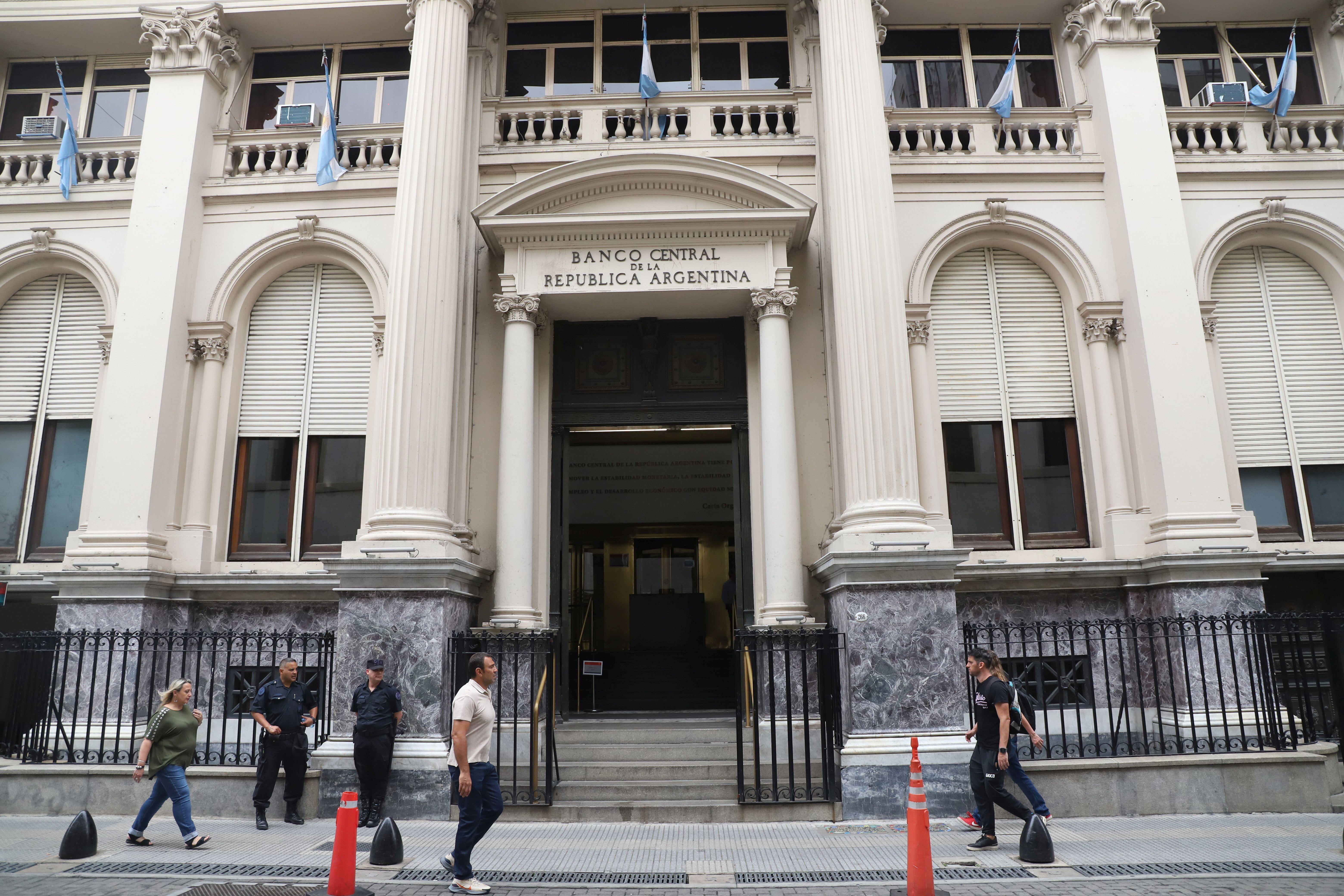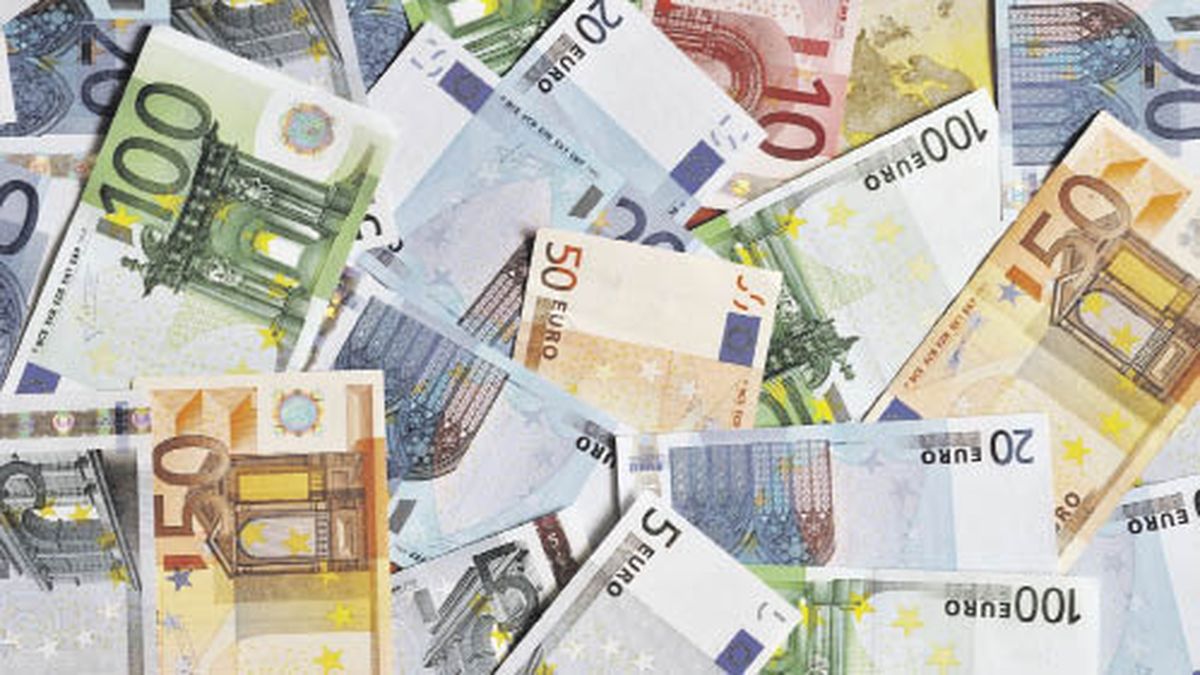In the midst of the escalation of parallel currencies, the Central Bank opened this Wednesday a new BOPREAL tender, the bonus in dollars for importers that, starting this month, companies that have dividends and profits pending payment can also access. He maximum amount to be placed in the auction is US$60.3 millionthe remainder until completing the US$3,000 million scheduled for the third series of the title.
Market sources suggest that the sharp rise in cash with settlement (CCL) could be an incentive for companies to subscribe to the bond, although the balance to be placed is relatively small.
It happens that two weeks ago, companies with dividends pending payment subscribed US$1,709 million of BOPREAL series 3 at a time when entering that tender meant accessing an implicit exchange rate of $1,347, that is, 24% above of what he quoted dollar CCL at that time, according to calculations by Portfolio Personal Inversiones (PPI). Many believe that that appetite was a foretaste of What happened next: the strong market demand for financial dollars and blue dollars that led to the escalation of their prices and the expansion of the gap of the last few days.
In the next BOPREAL tender (the last one before this week’s), the demand was lower: only US$34 million entered. On that occasion, according to PPI, the implicit exchange rate was $1,275 or 16% above the CCL at that time.
So far this week, cash with liquid has shot up 14% and at the close of this note it was operating at $1,255, much closer to the value that companies were willing to pay to transfer their profits and dividends abroad.
Some operators told Ámbito that the disarmament of the BOPREAL holdings subscribed in the May 9 placement by some companies seeking to send these currencies to their shareholders via CCL could have contributed to the pressure on parallel dollars, among several other key factors (such as lower interest rates BCRA and the moderate liquidation of the coarse harvest).
What is BOPREAL?
BOPREAL was proposed by the economic team, almost from the beginning of the administration, as an important piece of its transition strategy towards lifting the exchange rate and a new monetary regime of currency competition. This is the bond designed, initially, for importers with commercial debts prior to December 12, which is subscribed with pesos but is denominated in dollars. From this month, companies whose profits and dividends could not be paid in recent years due to exchange control can also access.
The tool aimed at several fronts at the same time: it was designed to decompress the situation of liabilities for imports (which also continue to grow due to the staggered payment system implemented by the current administration), to aspire pesos and to dollarize a portion of the debt remunerated by the BCRA.
With the possibility of companies also accessing it to channel the payment of dividends and profits, the economic team sought to decompress another avenue of pent-up foreign currency demand for when it is decided to open the stocks.
In fact, it was the problem of dividends that was mentioned by Javier Milei as one of the three obstacles to be resolved before lifting exchange restrictions, along with paid liabilities and BCRA puts. However, this Tuesday at the IAEF congress, both Milei and Luis Caputo said that there is still no set date for the opening of the stocks. The Minister of Economy added that he is still far from having sufficient reserves to do so and once again placed his expectations on the negotiation with the IMF for new disbursements.
Source: Ambito
I am a 24-year-old writer and journalist who has been working in the news industry for the past two years. I write primarily about market news, so if you’re looking for insights into what’s going on in the stock market or economic indicators, you’ve come to the right place. I also dabble in writing articles on lifestyle trends and pop culture news.




